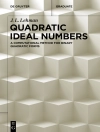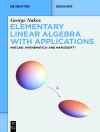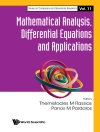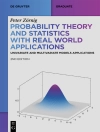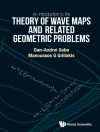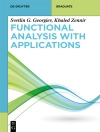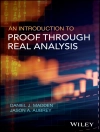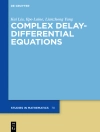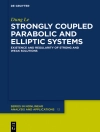This award-winning monograph explores advanced topics in harmonic analysis, addressing both classical and contemporary problems. Several connections to number theory, crystallography or atomic theory are also surveyed. The term “suprematism” refers to a certain geometric point of view underlying proofs and arguments.
The opening of the book is dedicated to a few results, with short statements and proofs, that could be called “mathematical haikus”. Then, in the first part of the book, singular integrals beyond the classical Calderón-Zygmund theory, such as Vitali-type covering lemmas and estimates for the corresponding maximal operators, are explored. The exponential overlapping of parallelepipeds, the strong maximal function, and Zygmund’s conjecture about monotonic bases are also covered. The core of this part is devoted to the Kakeya maximal function and its relation to the spherical summation of Fourier series and integrals. The two-dimensional case is well understood, but the case of higher dimensions still presents many open problems and conjectures. The chapters in the second part of the book treat questions at the interface of harmonic analysis and number theory, including applications of the Poisson summation formula to crystallography and arithmetic, estimates of the Minkowski dimension of Riemann graphs, random lattice point problems, and the role of Weyl sums in atomic energy oscillations.
With a focus on rigorous research insights for graduate students and researchers in mathematics, this book provides a comprehensive journey through the hidden landscapes of harmonic analysis.
Innehållsförteckning
Preface.- Notions and terminology.- 1. Seven mathematical haikus.- 2. All those rectangles.- 3. As a needle turn: Besicovitch or Kakeya sets.- 4. Translation invariant operators.- 5. The multiplier problem for the ball.- 6. The ball multiplier on mixed norm spaces.- 7. The Poisson summation formula.- 8. Encounters at the interface with number theory.- 9. Weyl sums and atomic energy oscillations.- Bibliography.
Om författaren
Antonio Córdoba obtained his doctoral degree from the University of Chicago in 1974 under the guidance of mathematician and Fields Medalist Charles Fefferman. Currently holding the position of Mathematics Analysis Professor at the Universidad Autónoma de Madrid, he has served as the director of the Institute of Mathematical Sciences (ICMAT-CSIC) since 2016. During his tenure at Princeton University, he published a paper in the ’Annals of Mathematics’ that solved the Zygmund conjecture, a problem that had persisted for over 50 years, marking one of his significant contributions to mathematics. His research work spans over foundational contributions in areas such as Fourier analysis, mathematical physics, differential equations, fluid dynamics and number theory, with publications in top international journals including the ’Annals of Mathematics’, ’Inventiones Mathematicae’, and ’Communications on Pure and Applied Mathematics’. He founded the ’Ibero-American Journal of Mathematics’. In 2011, he was awarded the ’Julio Rey Pastor’ National Research Prize in Mathematics and Information and Communication Technologies. A member of the Royal Spanish Mathematical Society, he has served as the chairman of its scientific committee, is an honorary member of the Murcia Region Academy of Sciences, a member of the Free Honorary University, and an honorary doctor of the University of Murcia. He serves as a technical advisor on scientific committees, participates in the advisory committee of the President’s Higher Council for Scientific Research, and works for national physics and mathematics evaluation agencies.



